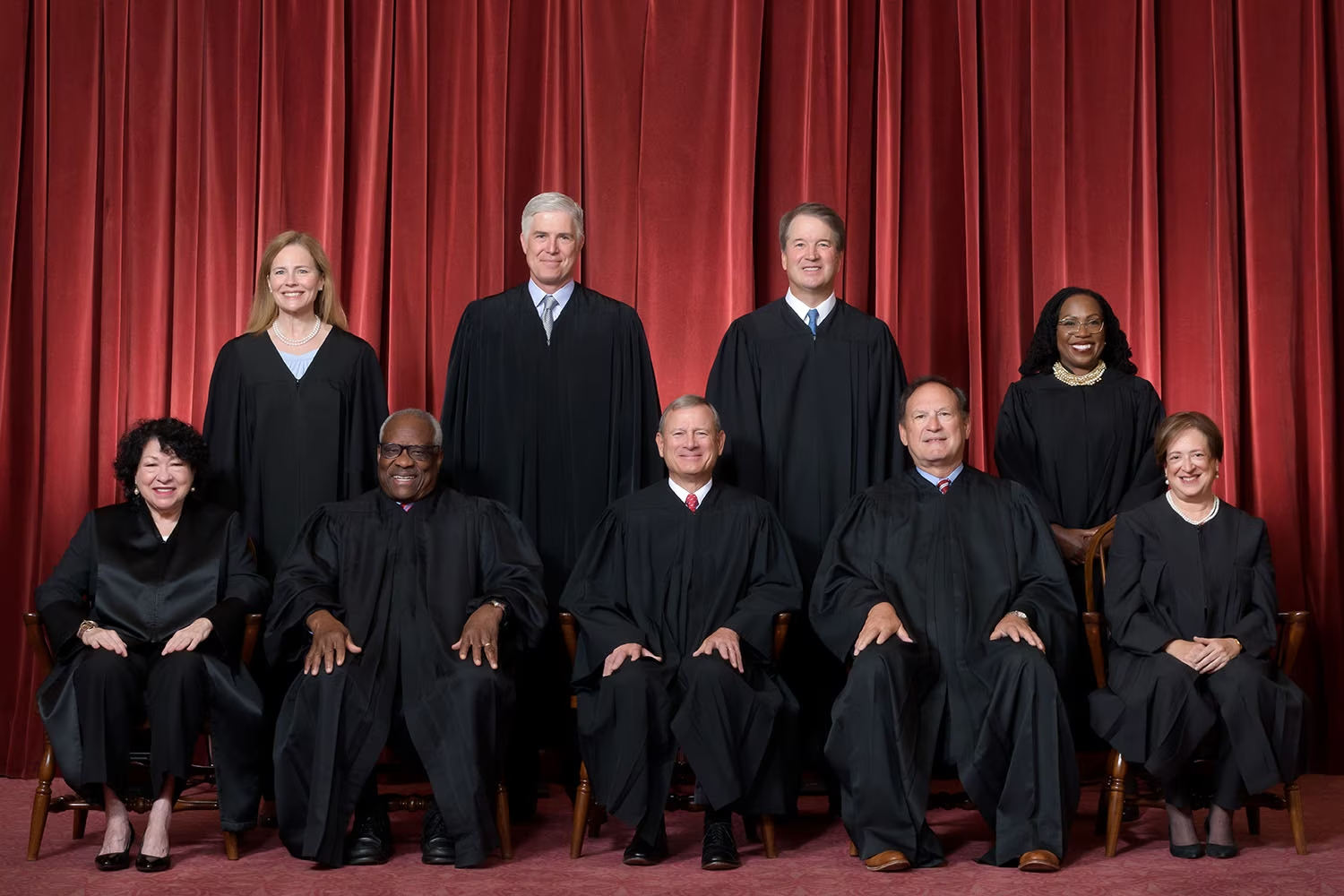A recent Supreme Court decision that substantially narrowed the Environmental Protection Agency’s authority to regulate millions of acres of wetlands is expected to open more land for development.
More than half of the nation’s wetlands could lose protection under the Clean Water Act, according to environmentalists and legal analysts. This concerns water quality advocates who fear the ruling will lead to degraded water supplies.
From a developer’s perspective, projects will have fewer regulatory hurdles to overcome, making them faster to move from conception to construction. This could make new housing developments more financially viable during a time of acute housing shortages in many areas of the U.S., they point out.
The case, Sackett v. Environmental Protection Agency, involved an Idaho couple who tried to build a house on property they’d purchased. The couple filled a soggy part of the property with sand and gravel to prepare for construction. The EPA ordered them to halt construction and return the property to its original state. The couple then sued the agency.
Related Stories
Codes and Standards | May 16, 2018
New resources offer tips on off-site construction
NIBS documents address using pre-cast concrete, and commercial and legal considerations of modular construction.
Codes and Standards | May 15, 2018
Blast testing of loaded mass timber structures yields positive results
Four tests covered a spectrum of blast loads.
Codes and Standards | May 14, 2018
Maryland makes general contractors liable for failure of subs to pay employees
GCs could have to pay for up to three times the wages owed.
Codes and Standards | May 10, 2018
Data collection, machine learning boost building efficiency
Sensors, software algorithms squeeze out waste.
Codes and Standards | May 9, 2018
OSHA and state safety agencies write more than 100 silica citations in 6 months
Actions tending to come with investigation of other site conditions.
Codes and Standards | May 8, 2018
Powerhouse coalition builds energy positive buildings
The goal: build buildings that provide more power than they cost to build, run, and demolish.
Codes and Standards | May 7, 2018
Plan advances in Los Angeles for Climate Emergency Mobilization Department
Would oversee efforts to reduce greenhouse gas emissions across the city.
Codes and Standards | May 3, 2018
Data collection, machine learning boost building efficiency
Sensors, software algorithms squeeze out waste.
Codes and Standards | May 2, 2018
Energy Department releases Updated EnergyPlus and OpenStudio building energy modeling tools
The tools can now accept input in epJSON format.
Codes and Standards | May 1, 2018
ASHRAE publishes new energy simulation-aided design standard
Requires building energy modeling during schematic design.
















